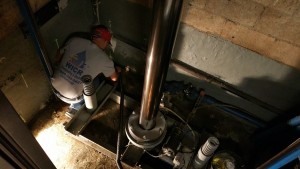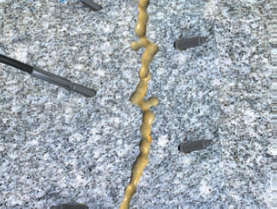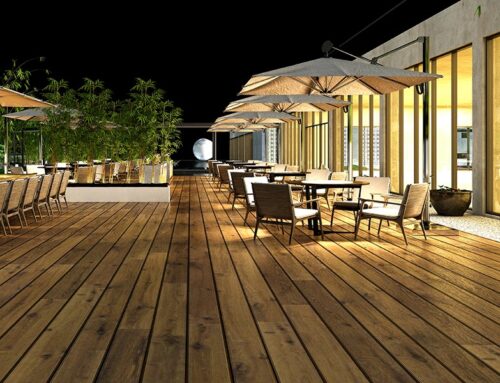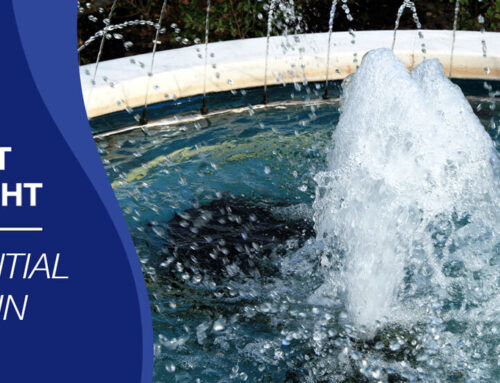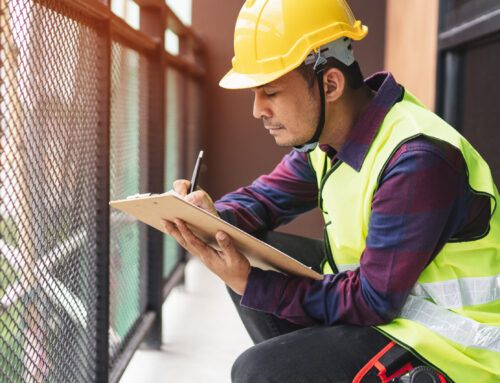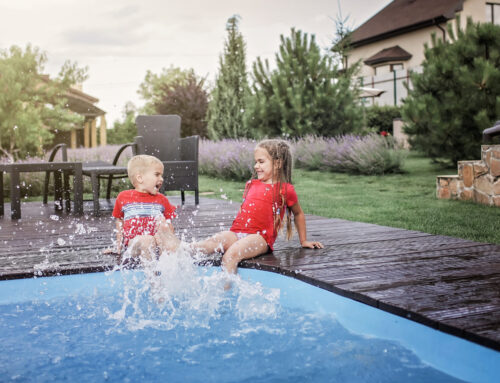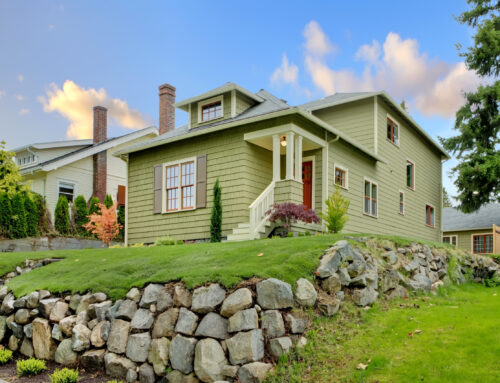By Androniki Bossonis
What is the difference between positive side and negative side waterproofing?
The term ‘positive’ refers to the side of the building or structure on the same side as the hydrostatic pressure. Think of the positive side as the side that, during construction, actually comes in contact with, and needs to be waterproofed against, moisture. Two examples of positive side waterproofing are:
- Basements: When constructing a building, all the walls (above and below the ground), need to be waterproofed against rain and underground moisture. When you are standing inside your basement, the inside walls have not been waterproofed, but the outside walls have been waterproofed to prevent underground water from seeping into the building. The outside walls are on the positive side, as they would come in contact with the moisture. Thus, the outside walls are subject to positive hydrostatic pressure.
- In-ground Swimming Pools: When building a swimming pool, the inside of the pool is the positive side, as it has to be waterproofed against the water that the pool will hold. The inside walls of the pool receive positive hydrostatic pressure.
So then, what is the Negative side?
Let’s look at the example of the basement. Let’s say you are standing in your finished basement, and you see water stains on your walls, indicating a leak from the outside. Ideally, the best thing to do would be to excavate the dirt from the outside, and locate the source of the defect in the exterior (positive side) waterproofing system. Since that is not always possible, and is extremely expensive, we can try to waterproof from the inside, or negative side.
The most common causes of water penetrating basement, underground parking or elevator pit walls is from water accumulation in the circumferential soil. Underground water accumulation is often caused by cracked or leaking drainpipes, ineffective drainage systems, improper lot grading, rise in groundwater, water supply line break, nearby sewer backup or leak, or excessive rainfall.
How do we waterproof from the negative side?
The waterproofing products industry has developed several products that make negative side waterproofing a viable and cost-effective solution. These products take into account several factors, such as: the water entering from the positive side will likely be pressurized, the waterproofing material must reliably and consistently bond with the building materials (even in the presence of water), and lastly, the waterproofing material must be able to withstand expansion and contraction of the building, plus any natural movement (material must be flexible).
These products can be injected directly into concrete or masonry cracks, instantly bonding to the walls, while repelling water (hydrophobic). They bond through the vein system of the cracks, so the concrete or masonry is completely sealed (as opposed to a system that only rests on the surface). The products are highly durable, and resistant to hydrostatic pressure.
WICR, Inc., Waterproofing & Decking most often utilize either a crystalline system, such as Aquafin or Xypex, or a polyurethane grout injection system, such as DeNeef or Sika. Using these injection systems, we can effectively reach and seal the positive side surface, by means of the negative side, completely filling all capillaries in the cracked concrete or masonry, and forming a complete, durable bond. The polyurethane grouting can be isolated to cracks, or can done as a ‘curtain’ grout, which means to apply a complete membrane to the entire positive side of the wall.
It is noteworthy to mention that not every subterranean leak is a candidate for injection waterproofing. For examples, cracks that are too large in diameter may not be candidates for negative side injection waterproofing.
Injection waterproofing products must be applied by a skilled and trained applicator, which is why WICR Waterproofing & Decking receives extensive training and certification from all the major manufacturers of waterproofing products. It is for this same reason that one should always consider hiring a waterproofing specialist, who familiar with and trained in different types of waterproofing system technologies, be they for deck waterproofing or below grade waterproofing.

